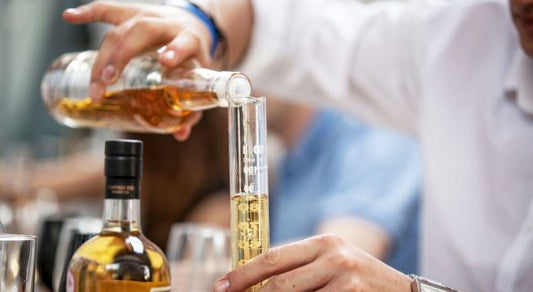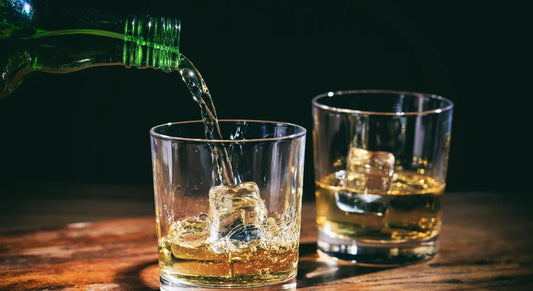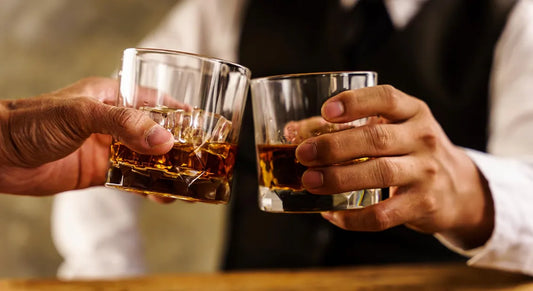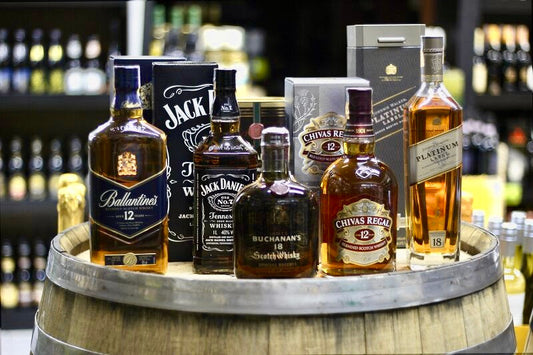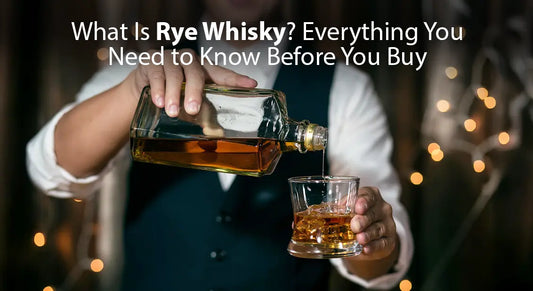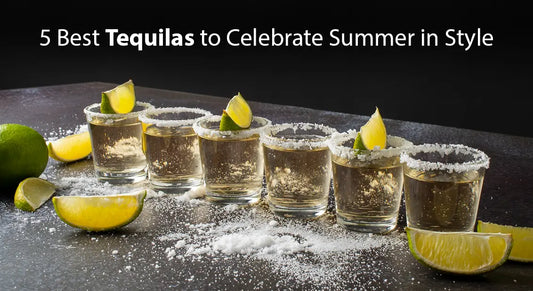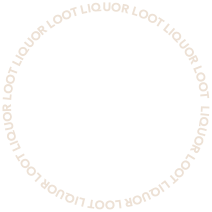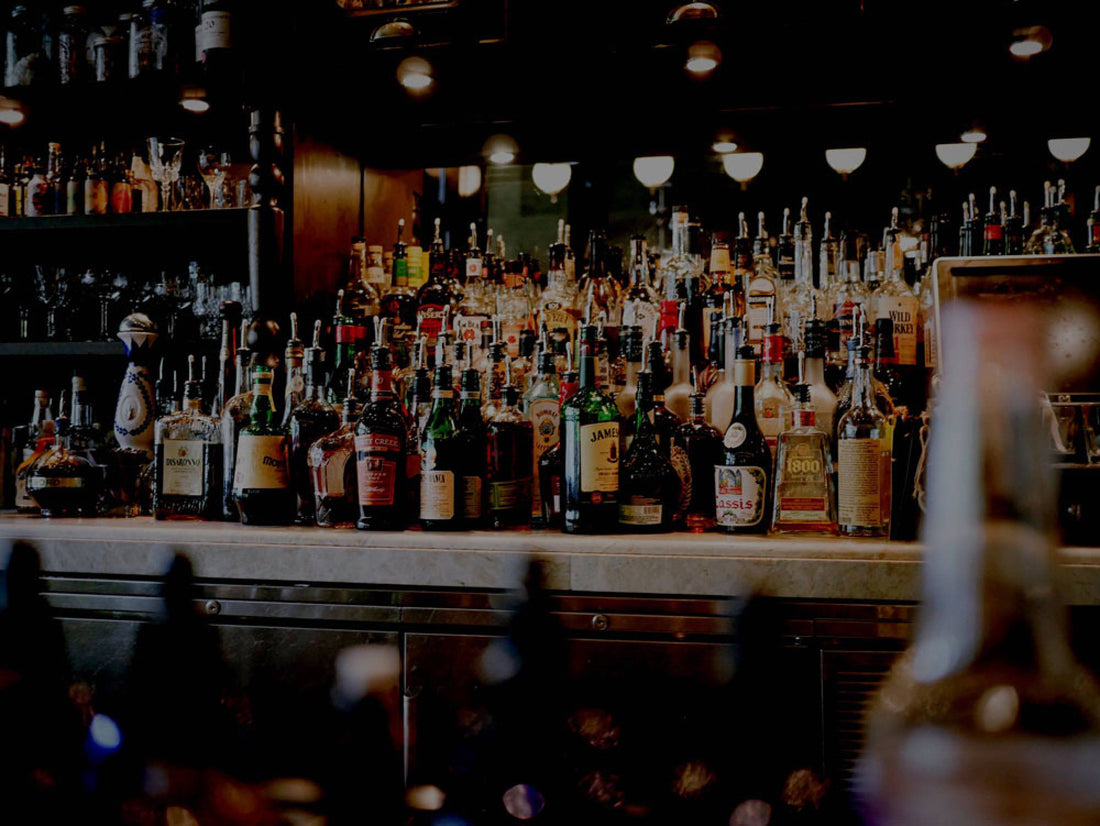
Is Older Whisky Better?
With age comes wisdom and character, or so the people who make up clichéd sayings would have us believe. That’s definitely true when it comes to whisky: most people are of the opinion that older is better. If a 12-year bottling is good, then a spirit that’s rested for 20 years must be even better, right?
Maybe not. With more young releases or even "no age statement" whiskies coming on the market, it might just be time to rethink how we look at aged whiskies. Whether you prefer young or old whisky, an online alcohol shop gives access to every style.
Time to Rest
Making whisky requires time just as much as it requires water and grain; any whisky needs to rest awhile as it goes from distillation to bottle to round off the harshness and edge of a pure, raw, new spirit through the chemical process of adsorption.
But how long does that wait need to be? Distilling is an expensive business, and micro-distilleries can't afford to wait 12 years to bring their first product to market. So more have been bottling young whiskies while tucking away other barrels for later release.
Young whisky, though, is a very different beast from white whisky or straight-up moonshine. Those clear spirits are sharp and fiery—some might even say drinking a pure moonshine is like getting punched in the palate by an old bootlegger. Young whisky may not have all the same qualities as an 18-year bottle, but it’s got nuances and subtle pleasures all it's own.
The Charms of Youth
For all that we give credit to a long ageing process for the smooth character of the best-sipping whiskies, young spirits have some distinct advantages…depending on the qualities you’re looking for.
We have worked some spreadsheet magic on the results from the Malt Maniacs Awards. A panel of experienced judges rated the whisky after a blind experiment. So grouping these into age and price brackets, we can truly see any correlations.

There were a few very young bottles that did exceptionally well especially those from Taiwan and India as they need much less time in the cask then Scotch.
Young whisky has less oak dominance, having spent less time in the barrel—you really taste the grains. If you’re looking to start learning the differences between a wheat-heavy whisky, a corn whisky, and a whiskey that blends in rye, trying young whiskys can be an eye-opener.
As a purer expression of the spirit with nothing to mellow it out, you also get to taste the distiller’s skill in every glass. Even a mediocre whisky can be smoothed and rounded with ageing. A great young whisky? That’s the product of distilling genius, straight up.
You also get to experience a sip with fewer tannins and less astringency, which can come from long contact with oak. And there’s sometimes more smoke or peatiness to the drink, which can get rounded off during the ageing process.
It might be sacrilege to say, but young whisky is also best in a cocktail. It’s lighter than aged whisky, meaning it plays better with others. So if you really must have an old fashioned or a Manhattan, consider a young whisky as the base.
Brash Spirits
Of course, young whiskys have their disadvantages, too. Remember that “less astringency” quality? Well, that might not be a good thing for you, depending on your tastes! The bracing, tongue-tingling sensation you get from a good aged whisky is something to be cherished, and young spirits have less of that. They can seem a little flat or insipid by comparison, especially if you’re looking for that jolt.
They do give you a jolt in another way, though—with less time in the barrel, young whiskys are more fiery than their older counterparts, with what’s called a brash character. Basically, think of a teenager. They’re cocky, self-assured, and don’t quite get all the social niceties you use at a dinner party. They won’t outright punch you in the face, but you may get some sneers.
How Old Is Young?
So how old is young anyway?
Like so much in the whisky world, that depends. You’ll never see something straight out of the still branded as proper whisky—that’s moonshine, white lightning, or whatever you want to call it. Some age is still necessary. In fact, in Australia anything that calls itself “whisky” must be aged at least two years by law; in the UK, it’s three.
But some young whiskys in the US and India can be bottled as quickly as six months on, while others across the world range all the way up to eight years. Though some traditionalists consider it young, 12 years is usually pushing well into “normally aged” territory.
As with everything, personal preference is key. Sample a bunch of different ages and bottlings and you’ll find what you prefer. Better yet, signup to Whisky Loot and have those samples come to you every month.
Try It
Ready to take the plunge? There’s plenty of fantastic options to try—and the good news is that even the best young offerings are often much cheaper than their older counterparts, for obvious reasons. So go ahead and try a few!
Starward Solera Whisky by New World Whisky in Melbourne is an amazing place to start. It’s the technique rather than the time that makes this malt whisky interesting—it’s made with 100% Australian barley and aged using a technique more often applied to port wine that involves continually rotating and blending different ages of spirits right in the barrels. That gives the final product a far more complex character than you’d expect from a three-year-old liquor, with hints of raisin and caramel starting to appear.
Low Gap from California's American Craft Whiskey Distillery is aged for two years in new and used oak barrels. It’s a great expression of hard wheat character that shows some of the best of what an incredibly well-made young whisky can offer, with a light taste and feel but distinctive buttery tones.
The English Whisky Company’s Chapter 6 Unpeated whisky showcases smooth barley after the minimum 3 years of ageing under English law. It doesn’t have any of the vegetable, funky notes of smoke and peat that are often associated with UK spirits, but that lets the light, pastry-like flavours shine. The distillery is releasing ‘chapters’ of its whisky as it continues to age and blend, so consider picking up a few different ones to sample for yourself how a particular spirit changes with age and oaking.
Tomatin Legacy is a no-age-statement (NAS) whisky, meaning it’s not legally bound to a certain age and can be blended (though it’s still single-malt). It is aged, though, in a combination of virgin (that is, unused) oak barrels and used bourbon barrels. So there’s a complexity there you don’t get with many young whiskys. It’s citrusy and piney, but with vanilla and pepper tucked in there, too.
Wasmund's Single Malt from Copper Fox in Virginia is ‘rapid oaked’, which is a bit of a different beast (we'll discuss that voodoo in another article), but still turns out an incredibly respectable, nuanced spirit after only a year or so.
If you're visiting the New England, USA, Spirits of Old Bennington Kilted Wheat is an excellent young wheat whisky bottled at only six months, but with the character and smoothness of a much older spirit—the hint of caramel plays out nicely. It’s only available in limited bottlings direct from the distillery in Bennington, Vermont, but it’s well worth the trip.
With all these offerings and more a pour away, there’s no reason not to give youth a chance!
